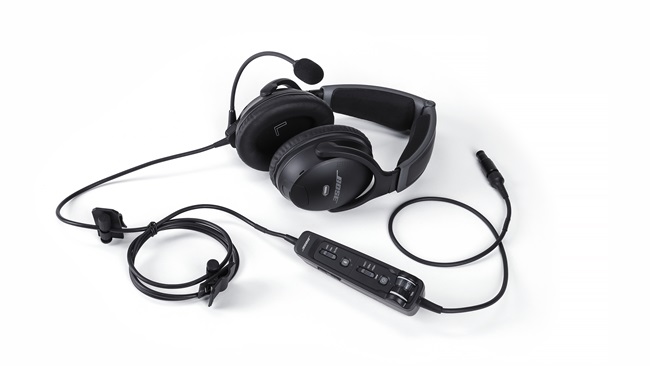Weather in the Cockpit
Sirius contender

SiriusXM satellite weather receiver
If quality is your driving factor, the new weather receiver from SiriusXM is the way to go (see page 27). There’s no denying the satellite weather product offers a superior display to ADS-B’s pixelated representation—not to mention the fact that SiriusXM has more weather products and it can be received on the ground. Those factors alone could make the cost of the $39.99 monthly subscription worth it.
Until recently the only way to get SiriusXM weather in the cockpit was to invest in a dedicated navigator and hardware interface. But with the release of the company’s weather receiver, the whole package is now available through ForeFlight on the iPad.
The unit works much like the many ADS-B weather receivers currently available. It’s approximately 5 inches by 3 inches, weighs an ounce, and can be plugged in to an AC adapter. Or you can operate it off battery power for up to six hours. There’s also a GPS that sends position information to ForeFlight.
Operation is incredibly simple. Put it on the glareshield, power it up, connect via Bluetooth, and you’re off. Weather radar, temporary flight restrictions, and more will be overlaid on ForeFlight once you open the software and enable those options.
Open Flight Solutions FlightBox
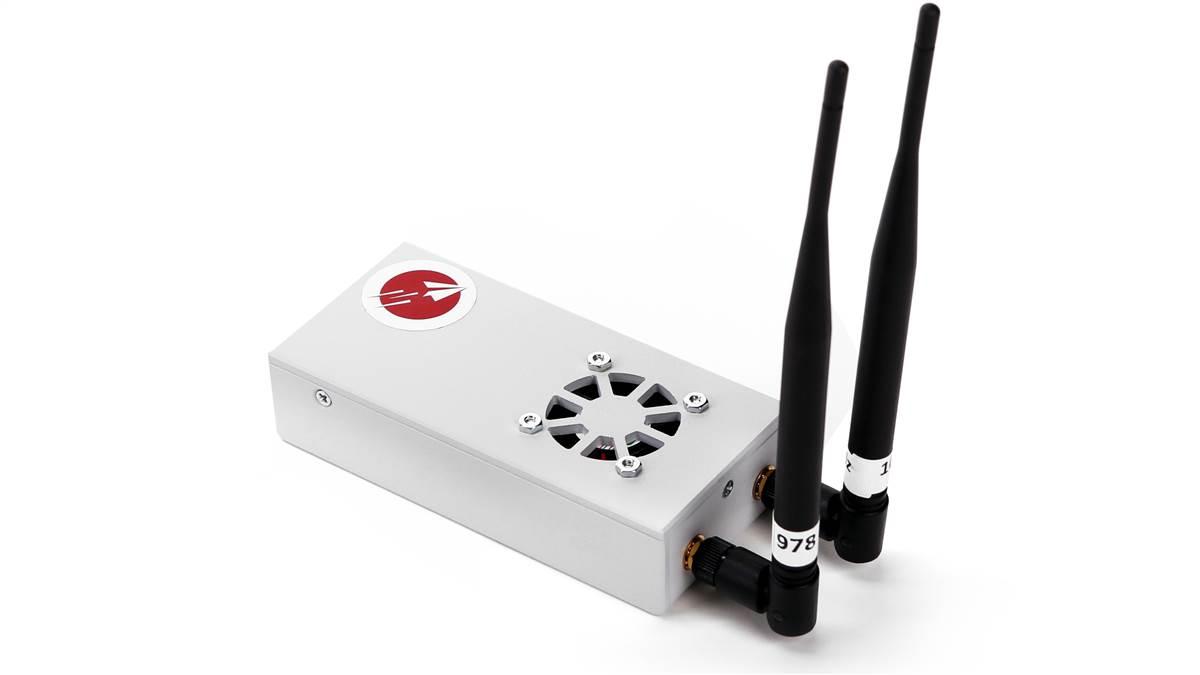 For the more adventurous tinkerer, there is an option to receive ADS-B weather on the iPad that is reliable and significantly cheaper than anything else on the market. The FlightBox comes as either a kit or fully assembled, and works with 12 different apps. Unfortunately, Garmin Pilot and ForeFlight aren’t officially supported.
For the more adventurous tinkerer, there is an option to receive ADS-B weather on the iPad that is reliable and significantly cheaper than anything else on the market. The FlightBox comes as either a kit or fully assembled, and works with 12 different apps. Unfortunately, Garmin Pilot and ForeFlight aren’t officially supported.
Although it doesn’t have the polish of factory-produced units, the FlightBox only took about 15 minutes to assemble and it works seemingly just as well as more expensive options. The software is open sourced, and is based on a community ADS-B product called Stratux. FlightBox took that idea and commercialized it, essentially offering a one-stop open-source kit.
Given its kit nature, the FlightBox takes a bit of time and effort to set up. But the instructions are clear, and the process is painless. The unit can be powered with most commercially available portable battery packs or with an AC power source on the aircraft. There’s also a GPS receiver that sends position information to the corresponding software.
With such a great range of choices now available, there is no excuse not to have weather in the cockpit.
Email [email protected]
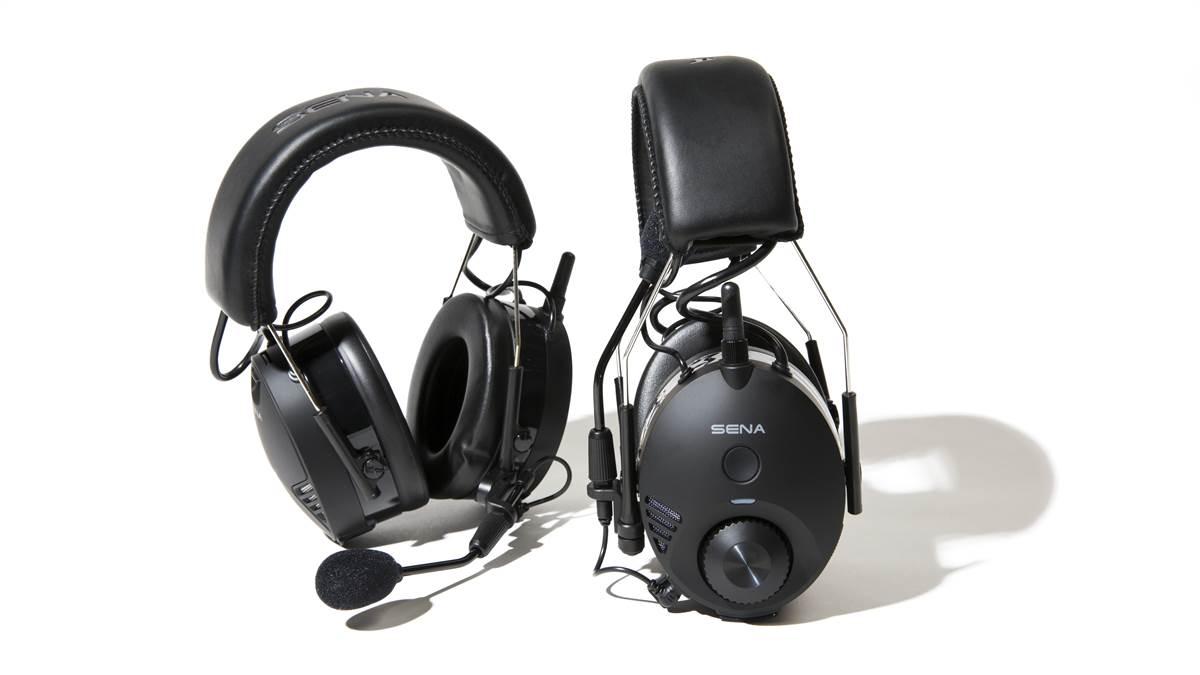
Sena Technologies Tufftalk
Although an aviation application may not be immediately obvious, once you dig into what the Sena Technologies Tufftalk can do, you’ll realize the wirelessly linked headset will provide some new capabilities for certain users.
Sena Technologies is known for industrial and sporting communications, and with Tufftalk the company has adapted that technology for aviation use. The headset is a passive noise-reduction set of earcups that can be linked via Bluetooth with other users, or plugged into an external radio. That potentially makes ramp communications, airshow listening, Piper Cub flying, and drone operation much easier and more enjoyable.
The headset is well built, and relatively inexpensive by aviation standards.
Price: $399
Contact: www.buysena.com
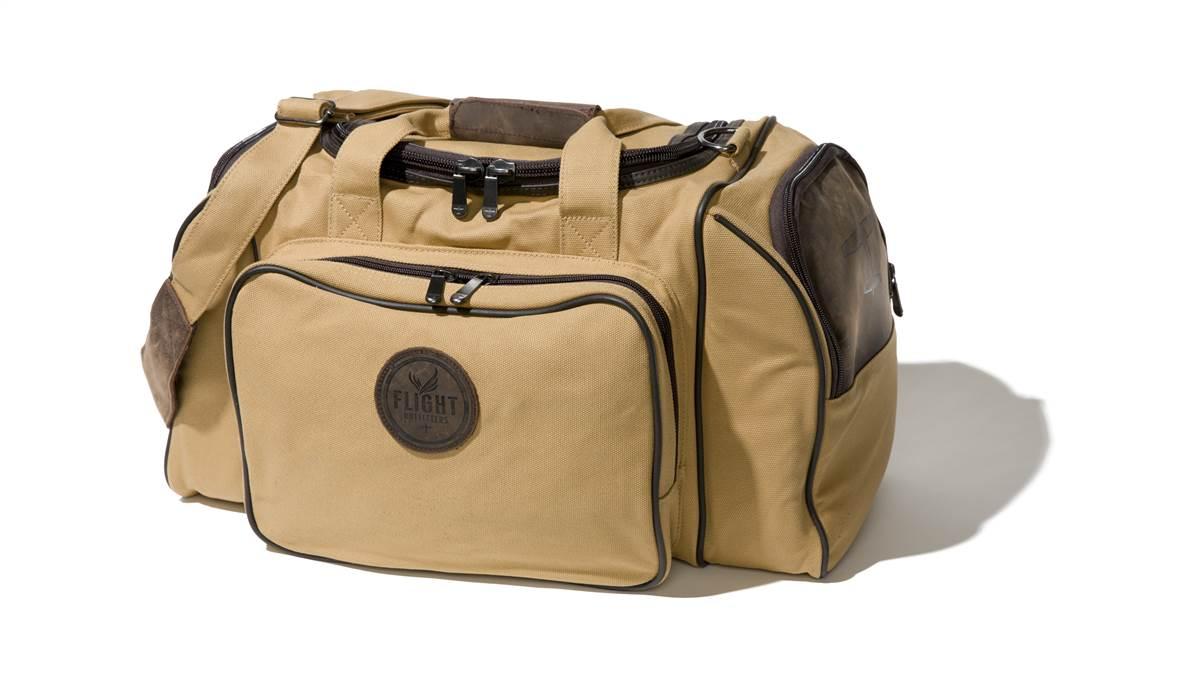
Flight Outfitters Bush Pilot Bag
A relative newcomer to the world of pilot gear, Flight Outfitters has already cemented itself with great style and utility. The company’s Bush Pilot Bag is a large canvas and leather carryall that will suit packrats and weekend travelers alike.
Two padded end compartments can carry headsets, and a large center area will hold charts, tablets, and most everything else you could want in the cockpit. Or pare down the gear, throw in a change of clothes, and the bag becomes an all-in-one.
The bag looks nice enough to carry as luggage, but is sturdy enough for the inevitable drops on the ramp.
Price: $139.95
Contact: www.flightoutfitters.com
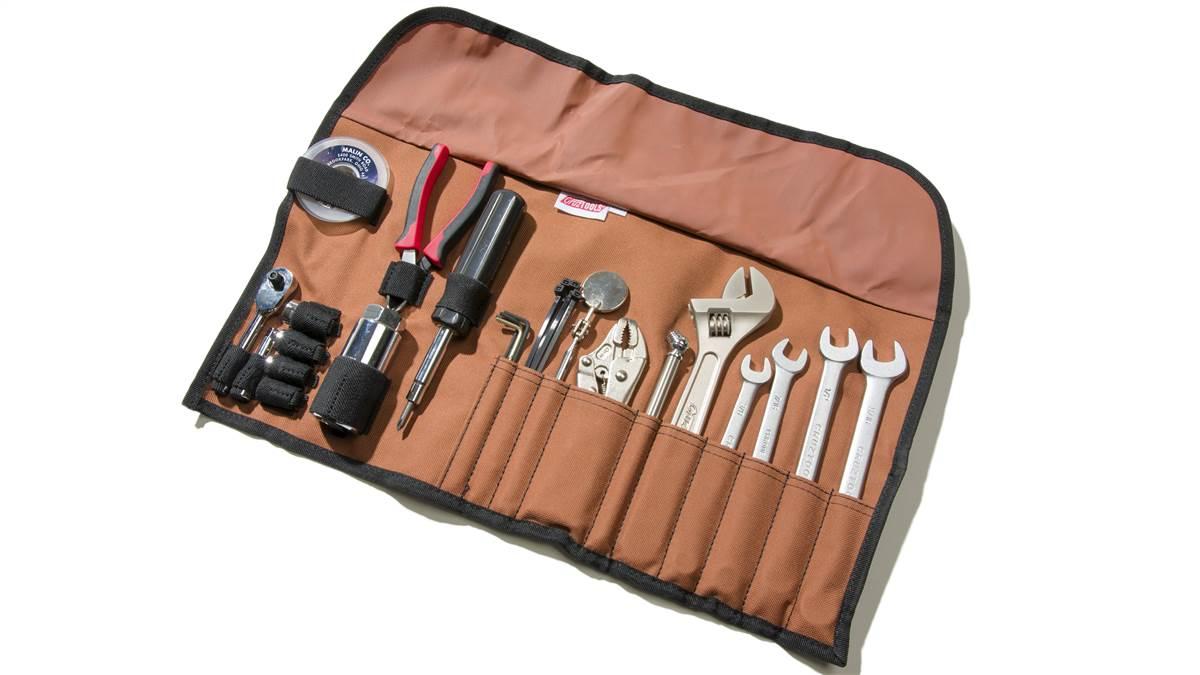
Cruz Tools Pilot’s Tool Kit
You could source and organize your own kit of tools for your airplane. And you may end up with the correct pieces. But to save time, potentially to save money, and to get your kit in something that’s light and easy to stow, try Cruz Tools’ Pilot’s Tool Kit.
The Pilot’s Tool Kit contains most of what an owner would need to fix a minor situation on the ground: five wrenches, a tire pressure gauge, locking pliers, a multipurpose screwdriver, cutters, plastic ties, a few small sockets, a spark plug socket, and safety wire.
One of the kit’s best features is its container, a sturdy mat that rolls up and easily stows under a seat or in the baggage area.
The tools aren’t top quality, but for occasional use, they are more than adequate.
Price: $89.95
Contact: www.cruztools.com
First Look
A lower-cost autopilot?
Group working on non-TSO equipment
By Thomas B. Haines
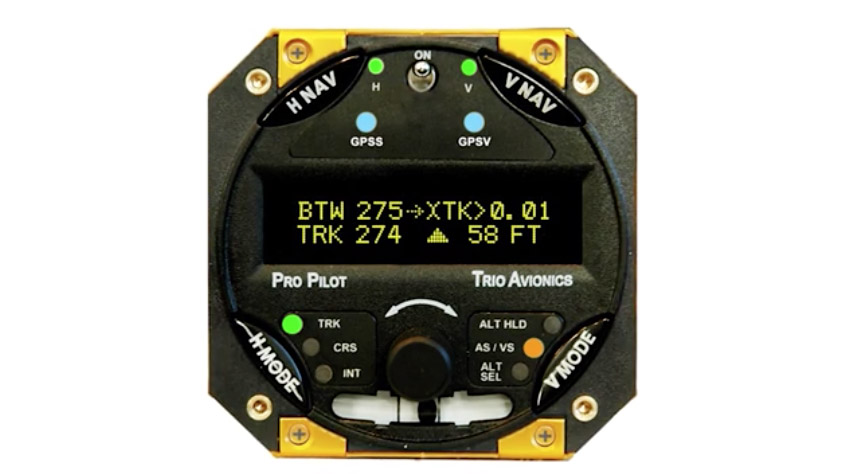 The migration of modern and highly capable gear from the Experimental amateur-built world into production aircraft is continuing with an announcement that a new group is working with Trio Avionics to bring its non-technical-standard-order autopilot into Cessna 172 and 182 aircraft.
The migration of modern and highly capable gear from the Experimental amateur-built world into production aircraft is continuing with an announcement that a new group is working with Trio Avionics to bring its non-technical-standard-order autopilot into Cessna 172 and 182 aircraft.
Dynon and Garmin cracked the code earlier this year on bringing non-TSOed digital attitude indicators into production airplanes.
Paul Odum, a San Francisco IT executive and aircraft owner, established The STC Group LLC to develop supplemental type certificates to install the Trio Pro Pilot in certified airplanes. “Trio’s Pro Pilot autopilot has a proven record of reliability in the amateur-built and warbird fleets. As such, the Trio Pro Pilot is an excellent off-the-shelf choice to retrofit into the legacy GA fleet based on its record of safety and reliability,” Odum said.
Trio was established in 2000 and has been delivering autopilots around the world for more than a dozen years, with some 3,000 systems flying. The two-axis Pro Pilot model utilizes roll and auto-trim pitch servos to provide precise horizontal and vertical navigation capabilities. Altitude control includes climb and descent functions with altitude preselect. Vertical navigation can be flown at pilot-selected speeds.
When connected to a WAAS-enabled GPS, Pro Pilot can fly the lateral and vertical portions of RNAV approaches and other procedures. The digital autopilot also provides flight envelope protection, nudging the flight controls away from an overspeed or stall situation. An “automatic 180-degree turn” feature can guide VFR pilots out of inadvertent weather encounters—a feature that has been credited with saving lives in EAB aircraft. Chuck Busch, Trio Avionics president and designer of the Pro Pilot, said, “As Experimental aircraft builders, our primary design goal has always been safety of flight. We are especially proud that our Pro Pilot incorporates many safety features that are unique in the industry.”
The Pro Pilot autopilot will be STCed under a process similar to one the Experimental Aircraft Association leveraged in 2016 to earn approval to install a Dynon EFIS-D10A digital attitude indicator in a variety of light GA airplanes. Last summer, Garmin earned an STC to install its non-TSOed G5 attitude indicator in some 562 models of single-engine and twin-engine airplanes.
In September 2016, EAA announced that it was working with TruTrak Flight Systems to bring its Vizion autopilot from the EAB market into certified airplanes.
Similar to the Dynon STC, the Trio autopilot will be approved as a commercial part under the STC Odum is seeking from the FAA.
AOPA and others in the GA industry, including the FAA, have expressed a desire to provide lower-cost, safety-enhancing technology for legacy airplanes. While the average age of a GA airplane is 45 years, many in the fleet have decades of service left in them. However, installing conventionally certified new technologies into the older airplanes has been met with resistance by owners because of the high cost. The industry’s goal is to provide lower-cost alternatives, a means to keep the fleet viable and improve safety and reliability.
AOPA has said publicly and to the FAA that the availability of lower-cost autopilots is an important element in improving the safety and reliability of the legacy airplanes (see “Waypoints: New Options Can Save Lives,” page 16). AOPA plans to upgrade the panel in its 2017 Sweepstakes airplane, a remanufactured Cessna 172, with a new-generation affordable autopilot before it is awarded to a winner next summer.
The STC Group is well along in its efforts to demonstrate the capabilities of the Trio autopilot when installed in Cessna 172 and 182 models. An STC is likely in the second half of 2017, Odum said. Pricing for the STCed autopilot has not yet been set. The STC is expected to cover most variants of the 172 and 182 from the start of each model’s production through 2006 models. STCs for additional makes and models will be developed later, he said.
Email [email protected]
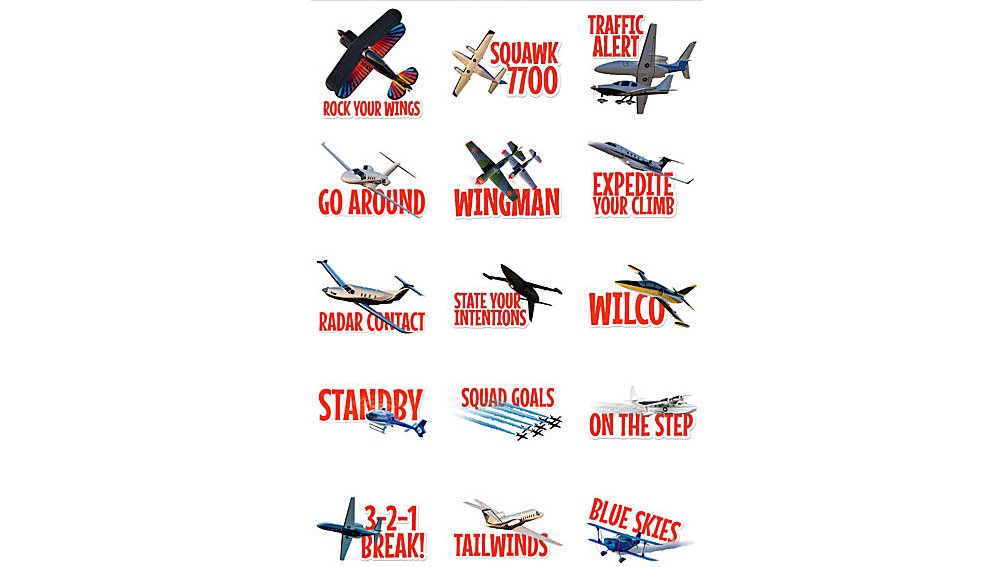 Aviation photographer Jessica Ambats, whose air-to-air images have appeared in national aviation magazines, is making her photography available as close as your iPhone or iPad. Ambats designed a line of aviation-themed stickers to accompany text messages on iOS devices. The iMessage stickers feature her photography and useful phrases such as “Check your six” and “Blue skies.” Aviator Flight Pack 1 costs $1.99 and is available on iTunes.
Aviation photographer Jessica Ambats, whose air-to-air images have appeared in national aviation magazines, is making her photography available as close as your iPhone or iPad. Ambats designed a line of aviation-themed stickers to accompany text messages on iOS devices. The iMessage stickers feature her photography and useful phrases such as “Check your six” and “Blue skies.” Aviator Flight Pack 1 costs $1.99 and is available on iTunes.
